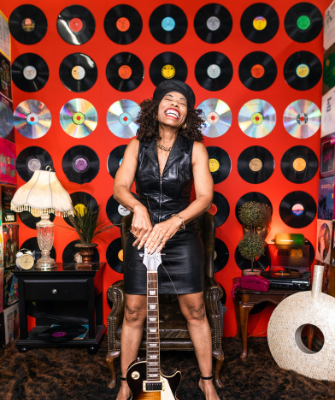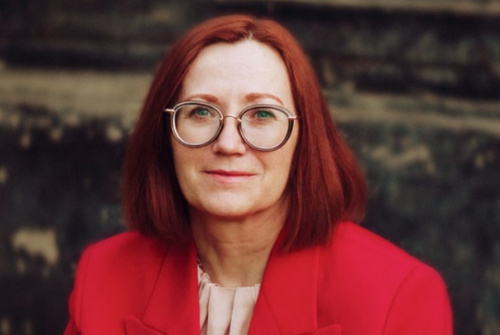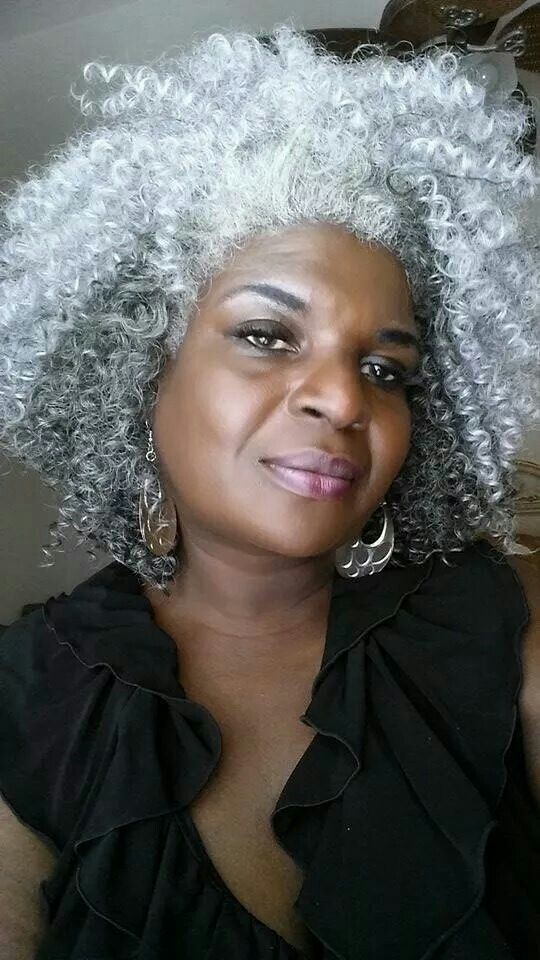Posts Tagged ‘gray divorce’
Starting Over After Divorce at 50: Five Stories on Finding Yourself
Our relationships are powerful elements in our lives, which is a major reason why starting over after divorce at 50 (or any age!) can be such a pivotal moment. Realizing your marriage is no longer viable can make you feel that your entire life is over and that there is nothing to look forward to.…
Read MoreThe Truth About Starting Over After Divorce at 45
Starting over after divorce at 45 is something I never planned for. Like many women, I dreamt of being married to a loving partner and raising our children, and then playing with our grandchildren. When I thought about divorce in my 30’s, I still didn’t want to be divorced. The plan then was to remarry…
Read MoreLife After Gray Divorce: What Women Must Know
The wisdom of aging tells us just that—that there is wisdom in aging. You come to know and like yourself, pursue your passions without apology, and cherish your “me” time without insecurity. You have filtered through all the charades of youthful and professional pursuits—“been there done that”—and you know what matters. But life after gray…
Read MoreWhat Does a Gray Divorce Mean for You?
On the subject of gray divorce, it seems that there’s an elephant in the room. The divorce rate is slowing for millennials and younger age groups largely because people are waiting longer to marry or not marrying at all. Fewer marriages mean fewer divorces, and the fact that both men and women now have jobs…
Read More



